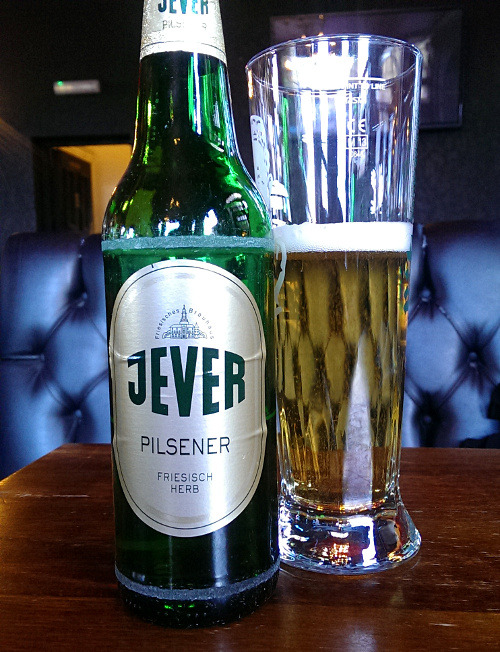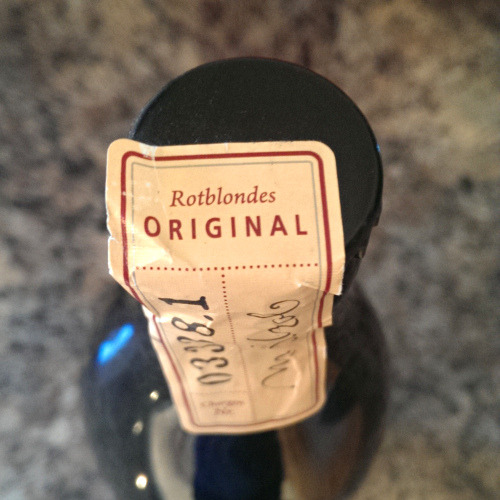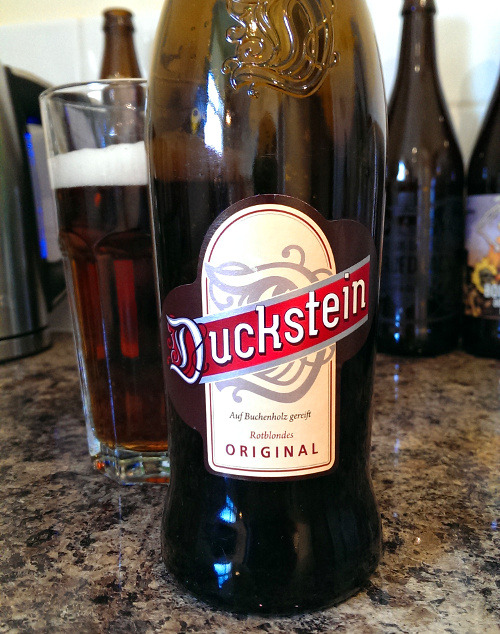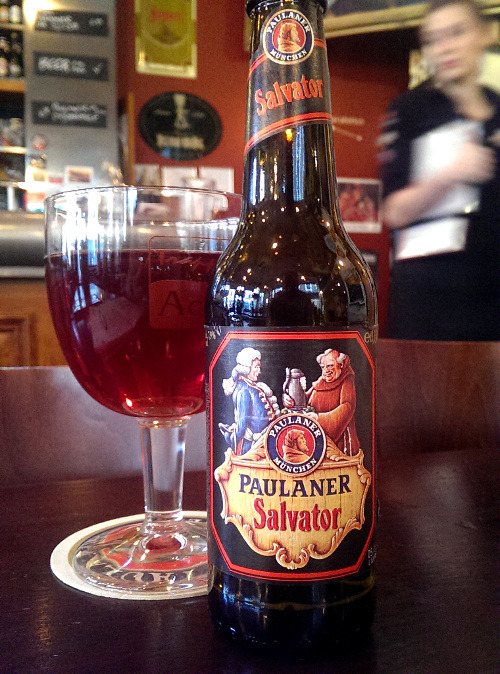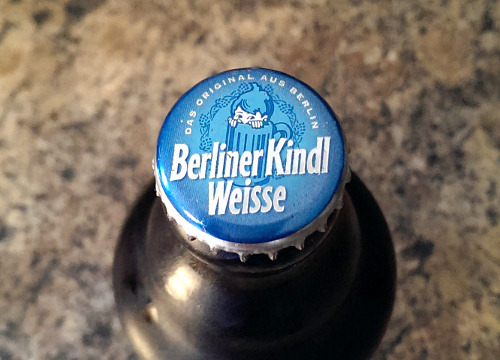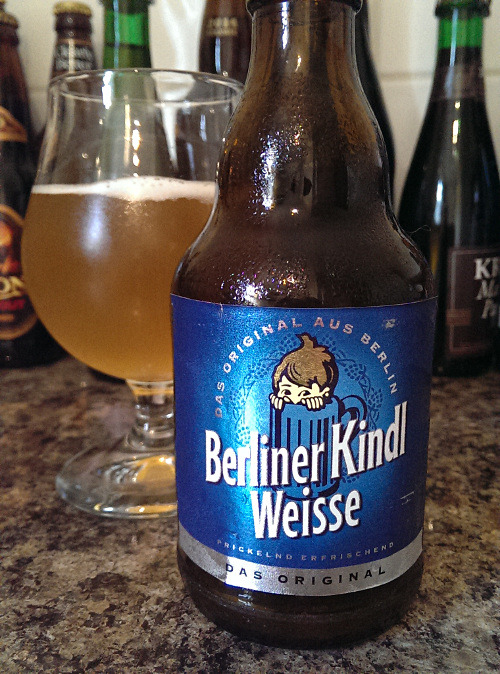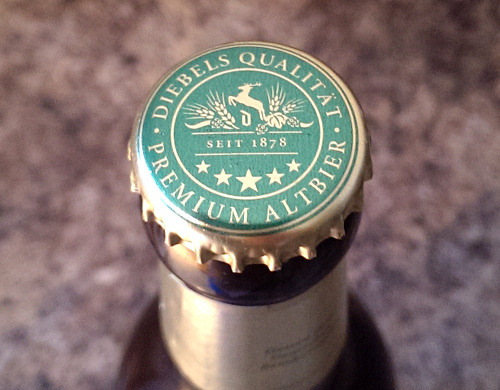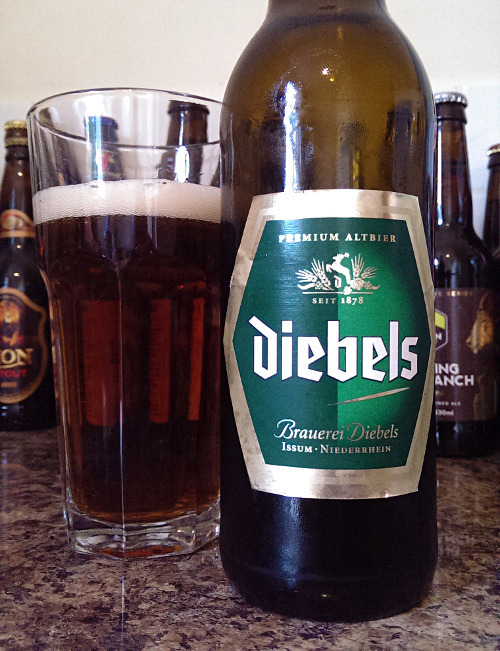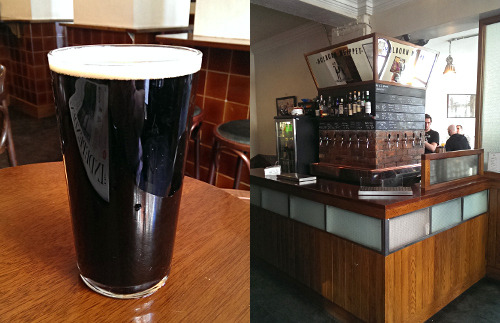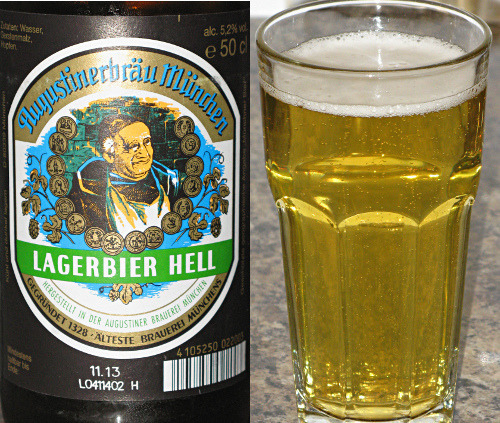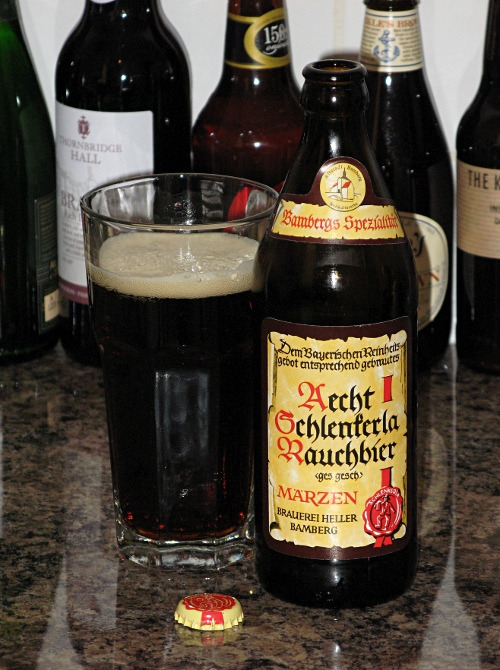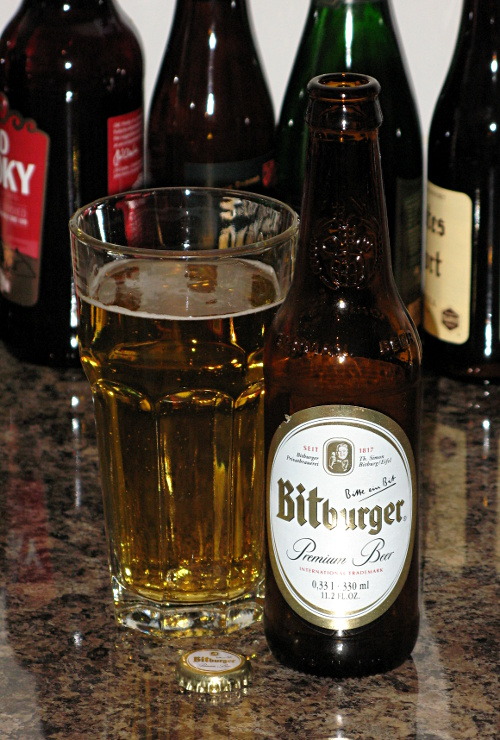There are countless Scottish beers on the list which we’ve yet to track down. It’s also long overdue that I should pay a visit to the Official Threehundredbeers Mother, who lives somewhere in the middle of Scotland that I couldn’t necessarily point to on a map. It’s time to hit the road again.
We’ll break up the journey by stopping off in Edinburgh for a couple of nights. It’ll be a nostalgic sort of visit, as I spent five penniless years in Edinburgh as a student, slightly longer ago than I’m entirely comfortable admitting to myself.
The city seems to have a thriving beer scene these days, with The Bow Bar enjoying a particularly good reputation. Where better to tick off a couple of fine Scottish ales?
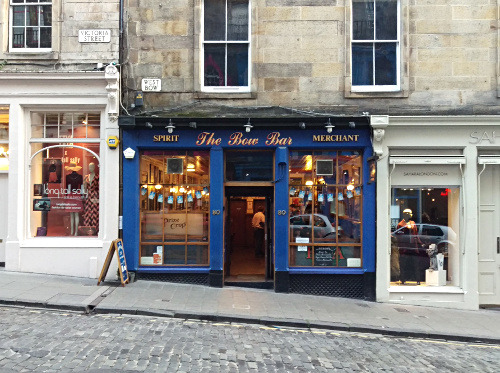
Of course, I’ve made all of this effort to get to Scotland only to walk haplessly into the middle of the Bow Bar’s “German Bier Festival”, with the pub currently boasting a terrific tap and bottle lineup of rare and delicious German treats.
Happily enough, the bottle menu includes Ayinger Celebrator, a strong Bock-style beer from Aying in Bavaria, one I’ve struggled to find in London so far. So no complaints from me.
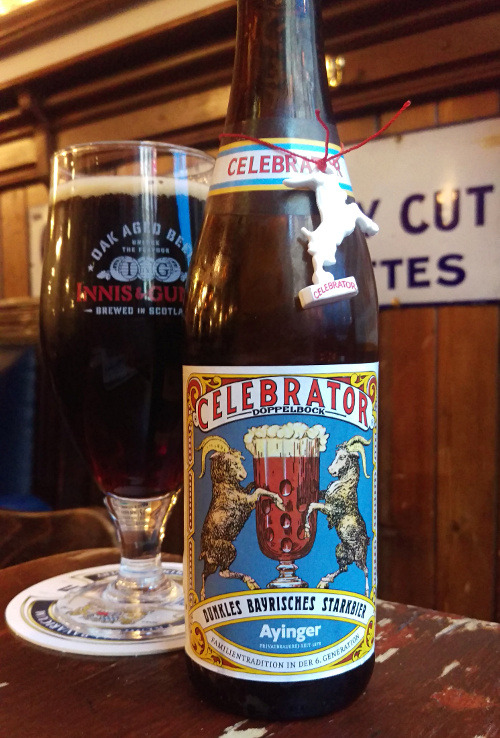
As a Bock, this is technically a lager, although you wouldn’t know it to look at it. Celebrator pours dark and thick, with a modest tan froth, sticking to the glass as you gently swirl it around.
Maybe I’m just excited to be on holiday, but this seems to me to be lovely stuff. There is a detectable hint of lageriness in there somewhere, but it’s hidden well by rich, sinister toffee and caramel, dried fruits such as dates and raisins, and a potent, warming hit of booze.
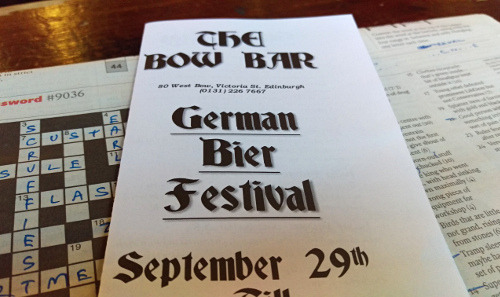
The 6.7% payload is well-integrated though. The malting is rich and sweet—enough to remind me of those Scottish ales that I came here for in the first place—and there’s a lasting, slightly smoky finish. What a complex beer this is, and one to take your time over and savour. Happy days, and a completely unexpected find for the project.
This is a great pub, too. I never drank in the Bow Bar as a student, but it’s the sort of place I’d barely leave if I lived nearby these days. Thanks, chaps.
Facts and Figures
| Brewery: | Brauerei Aying, Aying, Germany |
| Style: | Bocks |
| Strength: | 6.7% ABV |
| Found at: | The Bow Bar, Victoria Street, Edinburgh |
| Serving: | 330ml bottle |

